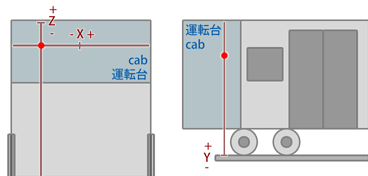| LocoBrakeType |
| ▸ Options for LocoBrakeType: |
|
0: Combined- The brakes on the locomotive operate at the higher of the train brake and locomotive brake settings. 1: Independant- The locomotive brakes are independant of the train brakes. 2: Blocking- The locomotive brakes block the release of the train brakes. |
